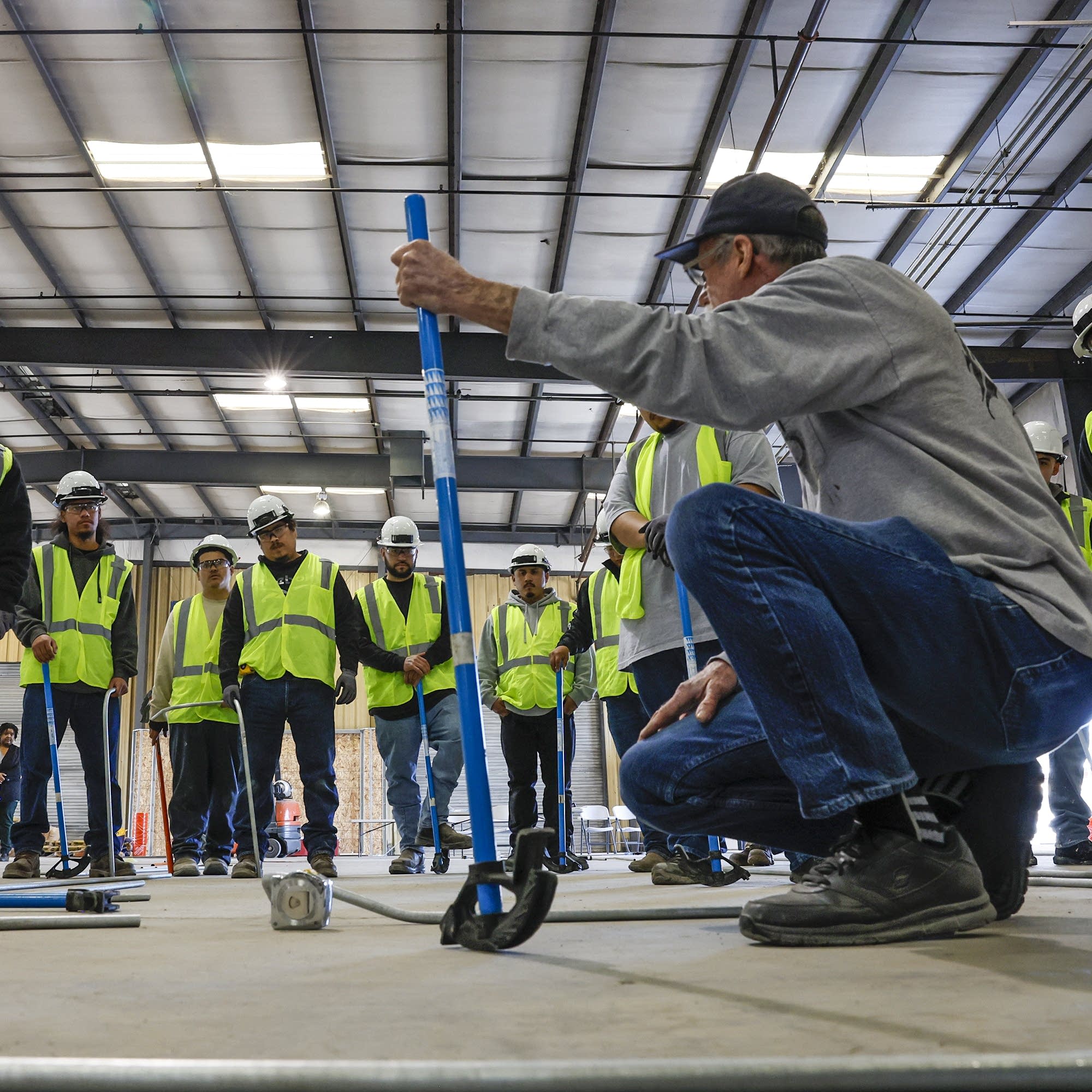We're sunsetting PodQuest on 2025-07-28. Thank you for your support!
Export Podcast Subscriptions
The fight over job training for younger people
2025/6/26

Marketplace Morning Report
A
Alfonso Flores-Lagunes
B
Bert Barno
B
Bruce Willis
D
Diane Swonk
E
Ezekiel Wilber
J
Jodi Mitchell
J
Joe Brusuelos
Ezekiel Wilber: 我认为Job Corps是我的救命稻草。之前我每天都无所事事,沉迷于毒品。来到Job Corps后,我找到了摆脱困境的方法。如果这个项目被关闭,我真的不知道该怎么办,很可能最终流落街头,无家可归。
Bert Barno: 特朗普政府认为Job Corps的成本过高,平均每年每个学员花费8万美元。而且,研究表明,该项目对年轻人的就业并没有显著改善,但对20-24岁的学员有持续的收入增长。我认为政府应该考虑缩小Job Corps的范围,专注于年龄较大的学生,而不是完全取消它。
Alfonso Flores-Lagunes: 我认为最糟糕的选择是放弃对这些弱势群体的帮助。Job Corps服务的人群非常特殊,他们往往难以找到其他机会。此外,关闭这些中心也会对当地社区产生负面影响,尤其是在农村地区。
Jodi Mitchell: 我所在的社区非常依赖Job Corps提供的服务。Trapper Creek Job Corps中心的学员在防火、维护徒步旅行路线等方面发挥着关键作用,这对我们地区的旅游经济至关重要。他们所做的工作对于保护我们的社区和经济至关重要。
Deep Dive
A federal judge's ruling keeps the Job Corps program operational, despite the Trump administration's attempts to shut it down due to high costs and mixed results. The program provides training for young adults in various trades, offering a path to employment and stability, but its effectiveness and cost-efficiency are debated.
- Federal judge blocks Labor Department from halting Job Corps operations
- Job Corps provides training in trades like construction and car repair
- Costs average $80,000 per trainee
- Mixed research on program outcomes: positive for older participants, less so for teenagers
- Program closures would negatively impact rural communities
Shownotes Transcript
A federal judge has stopped the Labor Department from halting operations at the federal Job Corps program, which gives teenagers and young adults training in trades like construction and car repair. We'll hear about the costs of the program — and the potential costs of cutting it. Plus, economic growth has been revised downward, and a new report finds that home ownership costs are uncomfortably high in nearly 80% of U.S. counties.